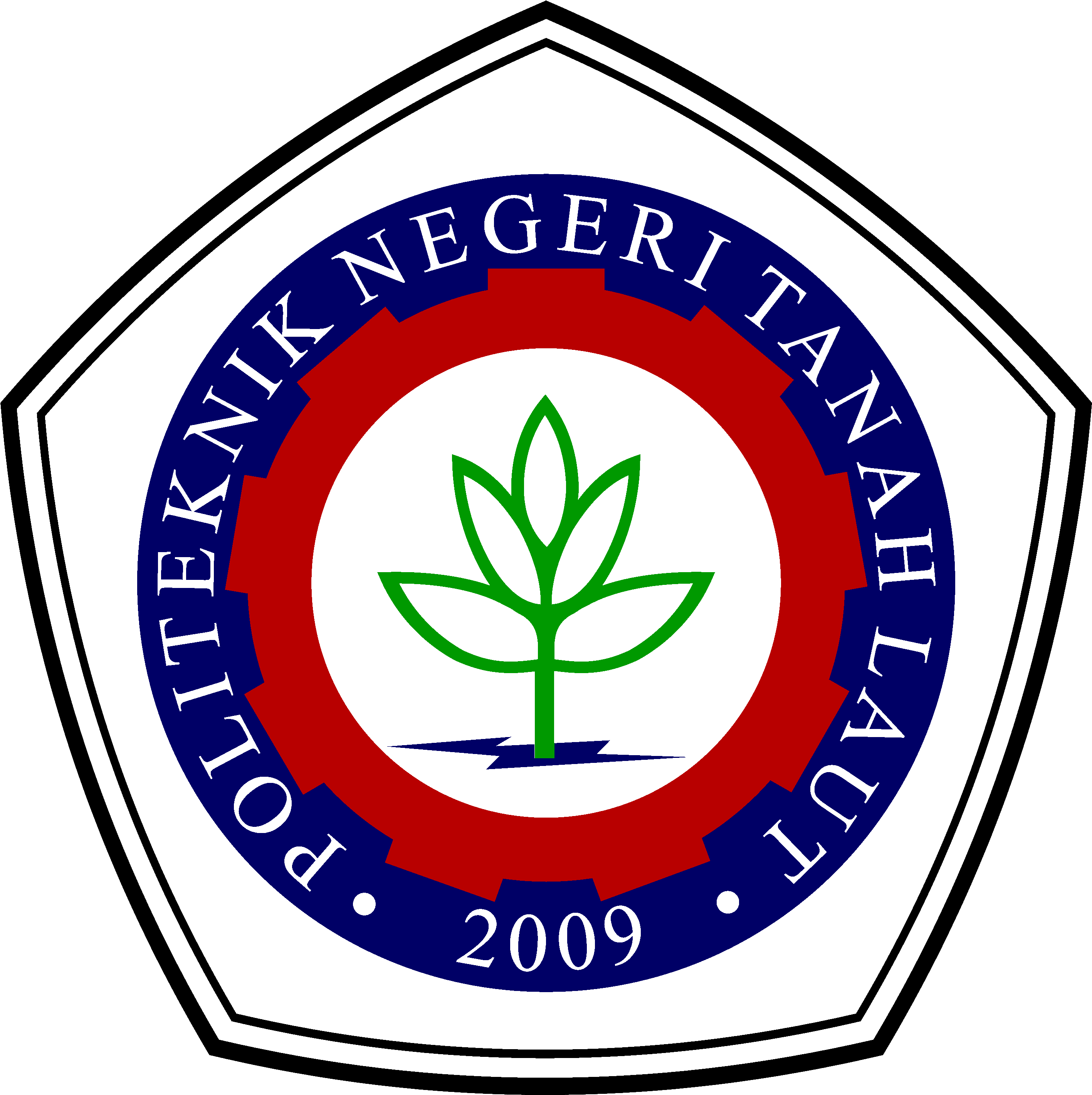KARAKTERISASI BATUAN BIJIH EMAS
DOI:
https://doi.org/10.34128/je.v5i2.81Keywords:
emas, karakteristik, kadar, XRD, XRFAbstract
Emas merupakan komoditas utama yang selalu diincar oleh banyak bangsa. Di Indonesia, keberadaan pertambangan emas menyebar dan di setiap daerah yang mengandung deposit bijih emas memiliki karakter dan sifat yang berbeda-beda. Sifat dan karakter yang suatu bijih emas sangat menentukan proses ekstraksi emas selanjutnya, sehingga perlu dilakukan uji karakterisasi terlebih dahulu. Uji karakterisasi batuan bijih emas yang dilakukan terhadap contoh sampel meliputi analisis mineragrafi, X-Ray Fluorescences (XRF), X-Ray Diffraction (XRD), dan Fire Assay. Uji mineragrafi menunjukkan bahwa keberadaan emas berasosiasi dengan perak dalam bentuk elektrum dan tersebar secara acak sebagai inklusi dengan kuarsa, berwarna putih krem dan berukuran sangat halus hingga 5 µm. Mineral lain yang terkandung dalam bijih emas antara lain kalkopirti, spalerit, kovelit, pirit dan kuarsa yang merupakan komponen terbesar, yaitu 97-98%. Kandungan emas dalam bijih adalah 5,2 ppm.
References
[2] “Activated Carbon 101â€, http://www.carbochem.com
[3] Adams, M. D. 2005. Advances in Gold Ore Processing. Elsevier.
[4] Adhikari, B. B., Gurung, M., Alam, S., Tolnai, B., Inoue, K., 2013. Kraft mill lignin – A potential source of bio-adsorbents for gold recovery from acidic chloride solution. Chemical Engineering Journal 231, 190–197.
[5] “Air Filtrationâ€, http://buildingprotection.rdecom.army.mil/basic/af.htm
[6] Alekhina, M., Ershova, O., Ebert, A., Heikkinen, S., Sixta, H., 2014. Softwood kraft lignin for value-added applications: Fractionation and structural characterization. Industrial Crops and Products 66, 220–228.
[7] Al-Ghoutia, M. A., Li, J., Salamh, Y., Al-Laqtah, N., Walkeb, G., Ahmad, M. N. M., 2009. Adsorption mechanisms of removing heavy metals and dyes from aqueous solution using date pits solid adsorbent. Journal of Hazardous Materials 176, 510–520.
[8] Al-Saidi, H. M., 2013. The fast recovery of gold(III) ions from aqueous solutions using raw date pits: Kinetic, thermodynamic and equilibrium studies. Journal of Saudi Chemical Society, xxx, xxx–xxx
[9] Antoine Duval, Martin Lawoko. 2014. A review on lignin-based polymeric, micro- and nano-structured materials. Reactive & Functional Polymers 85 (2014) 78–96.
[10] Awual, M. R., Khaleque, M. A., Ferdows, M., Chowdhury, A. M. F., Yaita, T., 2013. Rapid recognition and recovery of gold (III) with functional ligand immobilized novel mesoporous adsorbent. Microchemical Journal 110, 591–598
[11] Behin, J. an Azizian, S. (2004), Kinetic models of sorption: a theoretical analysis, Journal of Colloid and Interface Science, 276(1): 47-52.
[12] Braun, Patrick. Method Manual Volume 1 Gold Analysis in Alkaline Cyanide Solutions. Society of Mineral Analysts Sparks, Nevada.
[13] Cateto, C. A., Barreiro, M. F., Rodrigues, A. E., Belgacem, M. N., 2011. Kinetic study of the formation of lignin-based polyurethanes in bulk. Reactive & Functional Polymers 71, 863–869.
[14] Chakar, F. S., Ragauskas, A. J., 2004. Review of current and future softwood kraft lignin process chemistry. Industrial Crops and Products 20, 131–141.
[15] Chandra and M. Z. Mubarok. 2016. On the Use of Lignin-based Biopolymer in Improving Gold and Silver Recoveries During Cyanidation Leaching. Minerals Engineering 89, 1-9.
[16] Duval, A., Lawoko, M., 2014. A review on lignin-based polymeric, micro- and nano-structured materials. Reactive & Functional Polymers 85, 78–96.
[17] Fengel, D. dan G. Wegener. 1995. Kayu : Kimia, Ultrastruktur dan Reaksi. Gadjah Mada Press University. Yogyakarta.
[18] Fletcher, Asleigh, (2008), “Porosity and Sorption Behaviourâ€,www.staff.ncl.ac.uk/a.j.fletcher/adsorption.htm
[19] Gomes, C. P., Almeida, M. F., Loureiro, J. M., 2000. Gold recovery with ion exchange used resins. Separation and Purification Technology 24, 35–57.
[20] Habashi,F., A Textbook of hydrometallurgy,metallurgie extractive, Quebec, Enrc Canada 1993.
[21] Judoamidjojo, R. M., E.G. Said dan L. Hartoto. 1989. Biokonversi. Departemen Pendidikan dan Kebudayaan. Direktorat Pendidikan Tinggi. Pusat Antar Universitas Bioteknologi, Institut Pertanian Bogor. Bogor.
[22] Kinoshita, T., Akita, S. S., Ozawa, S., Nii, S., Kawaizumi, F., Takahashi, K., 2004. Continuous Recovery of Gold(III) via Foam Separation with NonionicSurfactant. Journal of Minerals & Materials Characterization & Engineering, Vol. 3, No.1, 53-63.
[23] Kirk R. E. dan D. F. Othmer.1952. Encyclopedia of Chemical Technology. Vol.8. Pp.327-338. The Interscience Encyclopedia, Inc., New York.
[24] Lelifajri. 2010. Adsorpsi Ion Logam Cu(II) Menggunakan Lignin dari Limbah Serbuk Gergaji. Jurnal Rekayasa Kimia dan Lingkungan, Vol. 7, No. 3, 126-129.
[25] Li, Z., Ge, Y., Wan, L., 2014. Fabrication of a green porous lignin-based sphere for the removal of lead ions from aqueous media. Journal of Hazardous Materials 285, 77–83.
[26] Marsden, John and C. Iain House. 2006. The Chemistry of Gold Extraction, 2nd edition. Society for Mining, Metallurgy and Exploration, Inc. : USA.
[27] Mc. Cabe, W. Smith,J., Harriot,P. 1993. â€Unit Operation of Chemical Engineeringâ€, 5th ed, Mc Graw-Hill, inc. New York
[28] McKay, Gordon; C. K., Danny; Tsang, David H. K.; Potter, John F., (2003), “Applications of Multipore Model for the Mechanism Identification during theAdsorption of Dye on Activated Carbon and Bagasse Pithâ€, Langmuir, 19, 722-730.
[29] Ouyang X, Qiu X, Chen P. 2006. Physico-Chemical Characterization of Calsium Lignosulfonate. A Potentially Useful Water Reducer Colloids and Surfaces A: Physico-Chem. Eng. Aspects. 283-286;489-497.
[30] Pionera Biopolymer. Pioneering Solution in Mineral Processing. 2012.
[31] Rahmawati, N. 1999. Struktur Lignin Kayu Daun Lebar dan Pengaruhnya terhadap Laju Delignifikasi. Tesis. Program Pasca Sarjana Institut Pertanian Bogor. Bogor.
[32] Rosen M. J. Dan M. Dahanayake. 2000. Industrial Utilizasion of Surfactant : Principle and Practice. Illinois AOCS Press, Champaign.
[33] Salminah, M. 2001. Karakteristik Lignin Hasil Isolasi Larutan Sisa Pemasak Pulp Proses Semi Kimia pada Berbagai Tingkat pH. Skripsi. Jurusan Teknologi Hasil Hutan Fakultas Kehutanan, Institut Pertanian Bogor. Bogor.
[34] Seader,J.D., Henley,E.J. (1998). “Separation Process Principlesâ€. New York, John Wiley & Sons, Inc.
[35] Stewart, D., 2008. Lignin as a base material for materials applications: Chemistry, application and economics. Industrial Crops and Products 27, 202–207
[36] Syukri. 1999. Kimia Dasar 3. Bandung : Institut Teknologi Bandung.
[37] Watkins, D., Nuruddin, M., Hosur, M., Narteh, A. T., Jeelani, S., 2014. Extraction and characterization of lignin from different biomass resources. J Mater Res Technol . 2014;x x x(x x):xxx–xxx.




